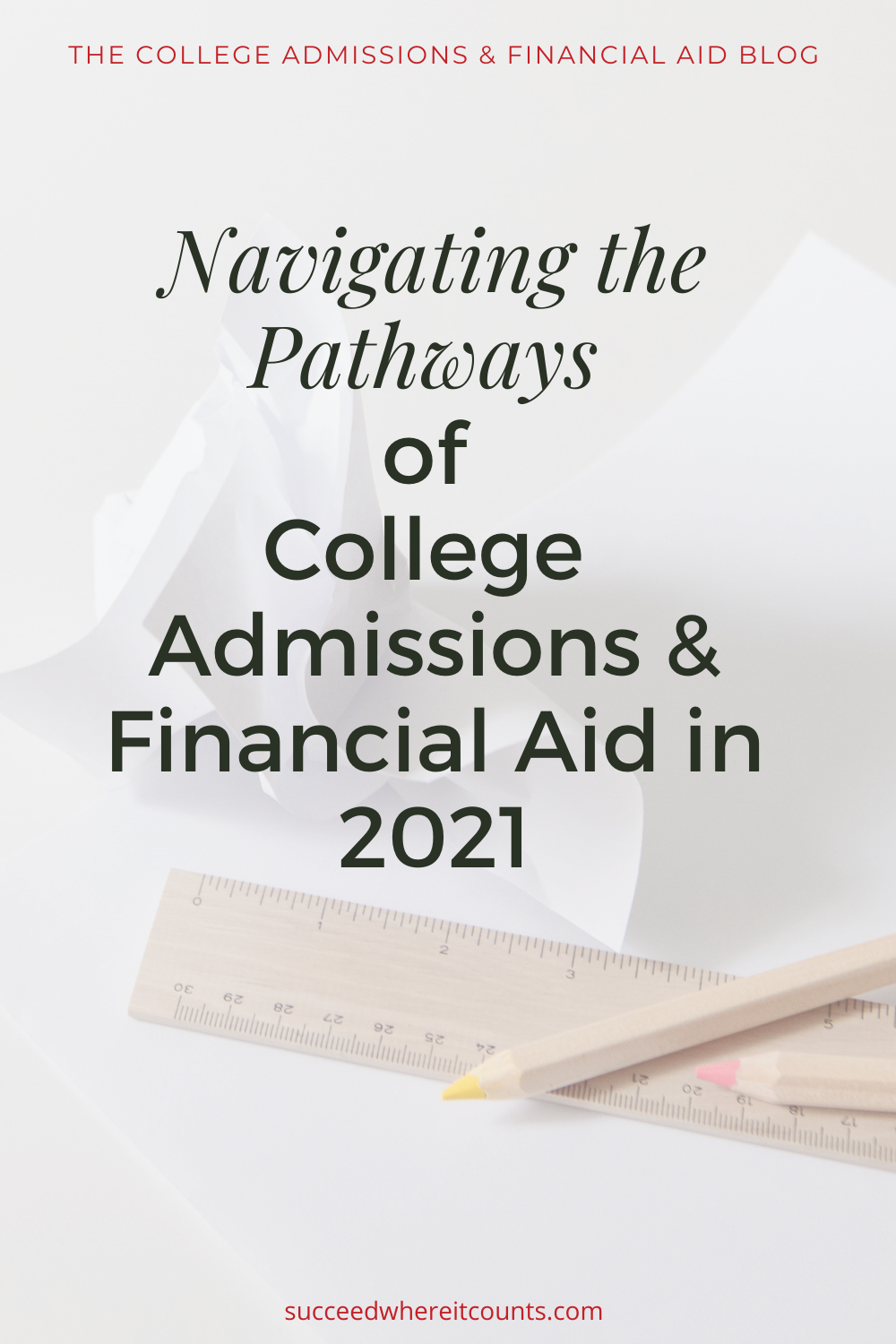"Graduate in Four Years, Debt Free" The Headline Fired Me Up!
By George Gately, IEC, CCAMooresville, NC
"A chance to graduate in four years, debt-free" that was the headline and it caught my eye. The story is about an initiative at The Ohio State University (my Buckeye friends have taught me the THE is de rigueur). Here's the link read the story; or copy & paste the URL into your browser. [https://www.wcbe.org/post/ohio-state-president-announces-debt-free-degree-initiative]

Forgive me, but the initiative and the glowing news account are marketing, not reform. Let me give you my blow-by-blow.
- A chance to graduate in four years, debt-free that exists now. The cost of education is one factor, but the main contributors to student debt (www.completecollege.org) are change of major and transferring colleges. In other words, Independent Educational Counselors (like me) are more important to a four-year degree than is OSU's initiative.
- The initiative "includes a combination of increased scholarships, grants and paid internships." I am all in favor of students working their way through college. I did, and my total education debt was $1,000, paid off at $10 per month, over ten years a nuisance but not a burden. If more scholarships and grants are possible now, why hasn't the school done that earlier? Oh, the answer is in the next paragraph:
- "The university plans an $800 million fundraising campaign to help cover" the costs of the initiative. No belt-tightening (none mentioned) is planned. OSU is asking others to pay them to educate someone's else's children. There is the education! "OPM" means "other people's money," and it is a mantra in the business world. That brings me to
- College is BIG business really big! Buyer beware. Parents are the customers. Colleges sell higher education services. Faculty and administration are paid well above average for that.
- "Students or their families must fill out financial forms each year." There you go. Many low-income students are already going debt-free. Affluent families hiring me express no concern for the costs of their child's education. It is the middle class the $80,000-$150,000 AGI families; most of whom are both parents working.
- OSU reports a 68% admit rate; with ACT scores ranging from 26-32. So, a student must first cross the admissions threshold. BUT and hold onto your hat The Ohio State University lists five campuses, four of which have open admissions policies. That is, you apply, you go. The main campus reports nearly 47,000 undergraduates enrolled. The other four are very small.
"George," you're thinking, "aren't you being just a bit cynical?" Cynical, no; skeptical of colleges really reversing course to make a bachelor's degree affordable? Absolutely!
My conclusion is that, the more colleges toot the horn of their nobility, the more America's families need IECs who are not dancing to the tune.














 Subscribe
Subscribe
